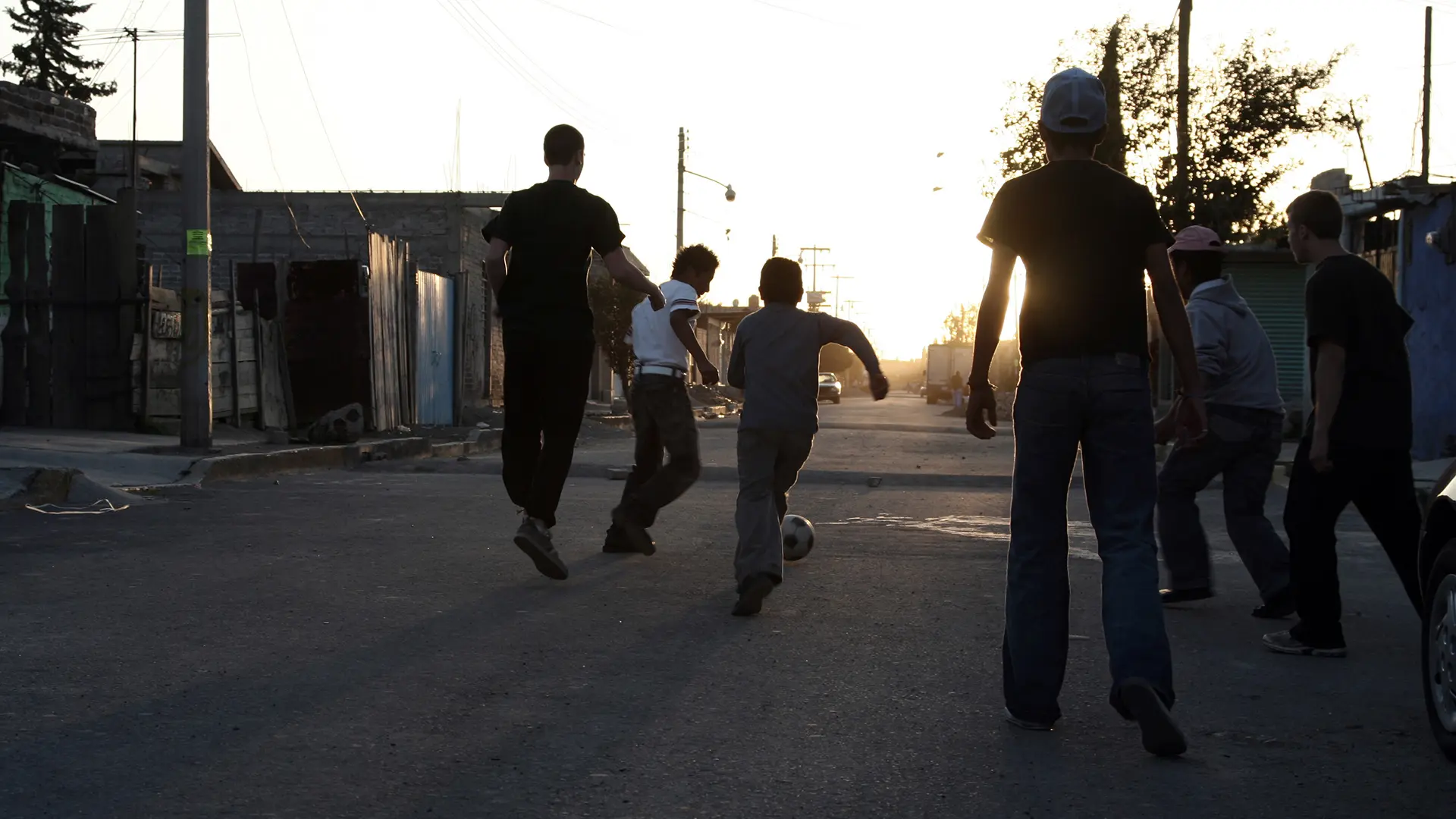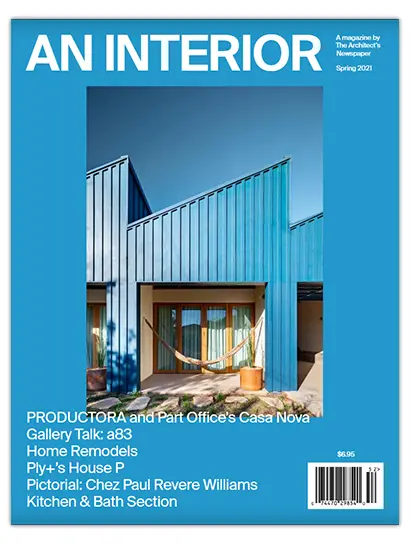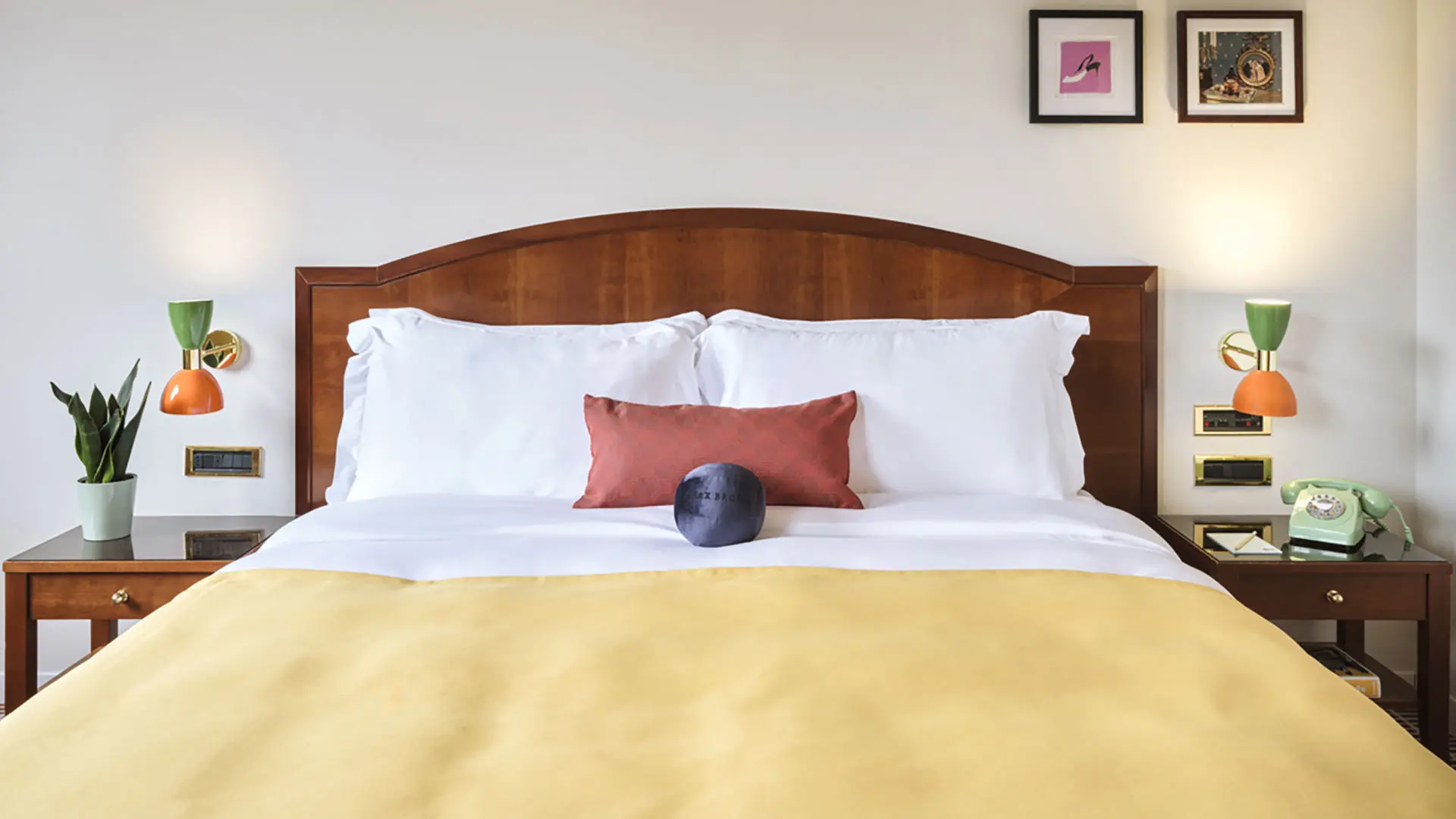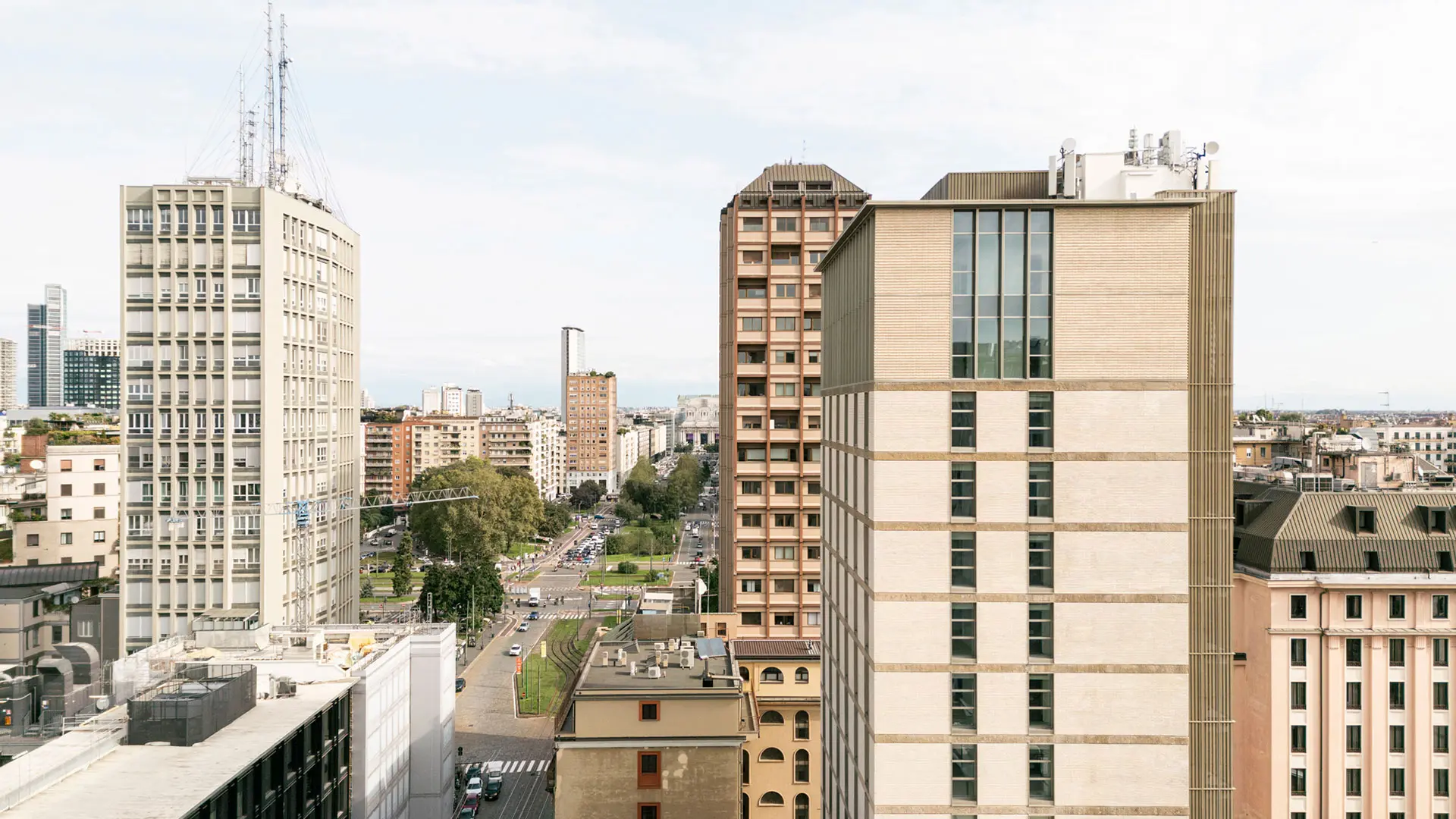In partnership with MiCodmc, a selection of establishments ripe for discovery during the 63rd edition of the Salone del Mobile.Milano, from 8th to 13th April


The Invention of Public Space

America’s The Architect’s Newspaper has published a review of Mariana Mogilevich’s The Invention of Public Space (University of Minnesota Press), which focuses on public spaces in New York seen as the “products of a negotiation,” a process that began in the 1960s and 1970s, during the administration of Mayor John Lindsay.
The architectural historian Mariana Mogilevich’s book “The Invention of Public Space” sets in train a reflection on the nature of collective city spaces and on the responsibilities of architects and urban planners, based on the situation in New York during the 1960s. Recognising the contingent and political genesis of public places, Mogilevich turns on its head the idea that “the city’s open or free spaces amount to an ‘unalloyed, universal good’ - a notion underpinned by recent debate on activities that have sprung up in the open air or on the curfews imposed in cities during the pandemic. This reflection could be extended to include the restitution of some private buildings, or others created for different purposes, to public use, such as those cited by the Danish architect Bjarke Ingels of the Big Group during the Open Talks* at the last “supersalone”: the ski slope above the waste-to-energy plant at Amager Bakke-Copenhill in the heart of Copenhagen or the factory in the wood designed for the Vestre brand, which has become a tourist spot. Another case in point are the tubular metal slides that Carsten Höller builds (and which he would build everywhere if he had his way), as he said in his Talk* also at the recent “supersalone.” Again in New York, Mogilevich asserts that during the early 1960s, the city had “no ‘public space’ as such.” It was only through historic experiments in urban planning and public participation that parks, plazas, free spaces, sidewalks, promenades and streets were identified as such. Trying to contend with increasingly massive migrant flows (one million Afro-Americans and Puerto Ricans moved to New York between 1960 and 1970, while a similar number of non-Hispanic whites left the city) and the ensuing racial tensions and financial inequalities, Mayor Lindsay set up an Urban Design Group at the Department of City Planning with 15 architects working on planning, design and coordinating private development. He also created a Sidewalk Cafe Study Committee to “bring the people back into the streets, thereby reducing the likelihood of crime on the streets.” While the Lindsay administration had been fired by the Utopian spirit, the following one saw many of the projects set up during those years fall into disrepair. Now there are new types of public spaces, such as the Bloomberg-era pedestrian plazas, “rightly criticized for their commercialization, inequitable distribution across the city and limited access,” underscores the author of the review, Karen Kubey. Mogilevich remains confident, however: transformations in urban spaces will “not leave a physical legacy so much as an ideological one,” under the banner of inclusivity.
*you can watch the Open Talk full video
Credits
Original text: Karen Kubey
Photo: gettyimages
Magazine: The Architect’s Newspaper
Publisher: AN Media Group












